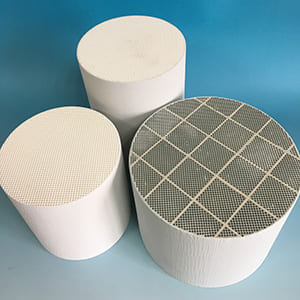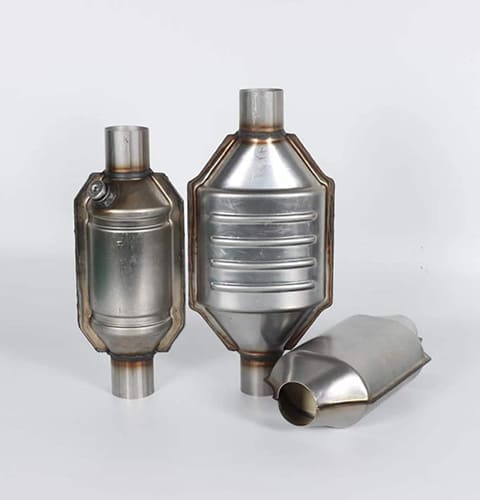Can diesel generators meet the stringent BS-VI emission standards? What does it mean for industries reliant on diesel power? How will this change the landscape of power generation in India?
India, known for its rapidly growing economy and industrial sector, faces significant environmental challenges, particularly air pollution. One of the key contributors to this pollution has been diesel generators. With the implementation of Bharat Stage VI (BS-VI) emission standards, there’s a paradigm shift in how these generators operate.
This change is not just a regulatory compliance; it’s a step towards a greener and more sustainable future. So, what exactly are these BS-VI standards, and how do they impact the diesel generator industry in India?
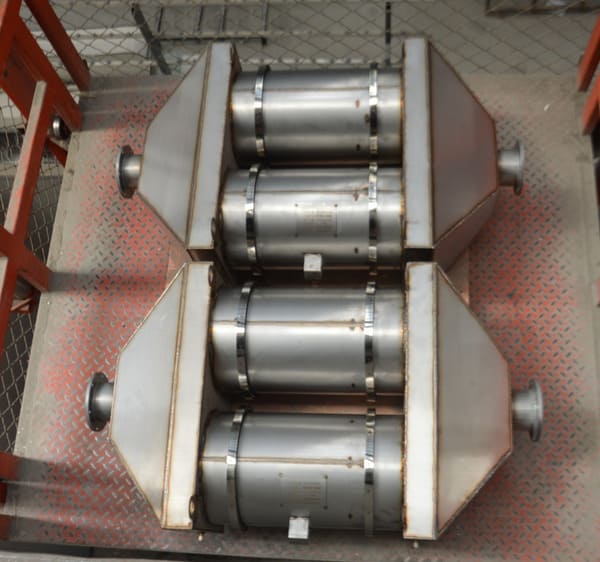
What are BS-VI Emission Standards?
BS-VI emission standards are the sixth iteration of the Bharat Stage emission regulations by the Government of India. These standards are based on European emission norms and represent a significant leap in terms of reducing pollutants from internal combustion engines, including diesel generators.
But why are these standards important? And how do they compare to the previous BS-IV standards?
Key Differences Between BS-IV and BS-VI Standards
The shift from BS-IV to BS-VI standards is monumental. One of the primary differences is the substantial reduction in the limits for nitrogen oxides (NOx) and particulate matter (PM). For instance, the NOx limit for diesel engines has been brought down by nearly 70%, and the PM limit is down by 80%.
What does this mean for manufacturers and users of diesel generators?
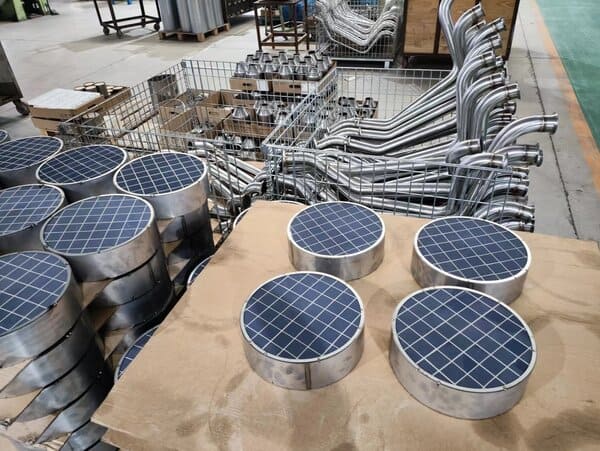
Impact on Diesel Generator Manufacturers and Users
The new standards necessitate significant changes in the design and functioning of diesel generators. Manufacturers must now incorporate advanced technologies like Diesel Particulate Filters (DPF) and Diesel Oxidation Catalysts (DOC) to meet these norms.
But what challenges do these changes pose? And are there any benefits beyond compliance?
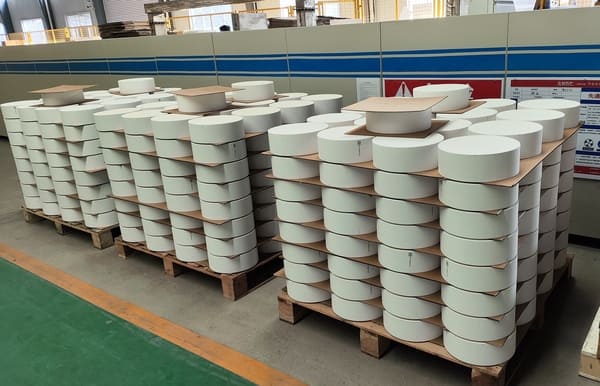
Challenges and Opportunities in Adopting BS-VI Standards
While the transition poses challenges in terms of technology upgrade and cost implications, it also opens doors for innovation and cleaner technologies. There’s a growing market for retrofitting older generators and a push towards more fuel-efficient designs.
But how are industries adapting to these changes? And what does the future hold for diesel generators in India?
The Future of Diesel Generators in the BS-VI Era
The BS-VI era marks a new chapter for diesel generators in India. It paves the way for cleaner energy solutions and aligns with global environmental goals. While the initial costs are high, the long-term benefits in terms of reduced emissions and better air quality are substantial.
So, what should stakeholders do to adapt to these changes effectively?
Conclusion
The BS-VI emission standards are a bold and necessary step towards combating air pollution in India. While they present certain challenges, they also offer an opportunity to innovate and move towards more sustainable power generation methods. Understanding and adapting to these standards is not just about compliance; it’s about contributing to a healthier environment.

